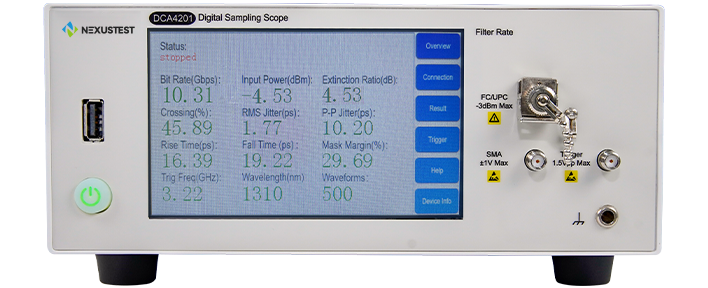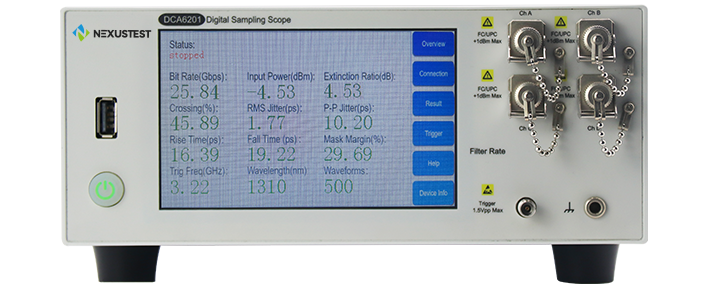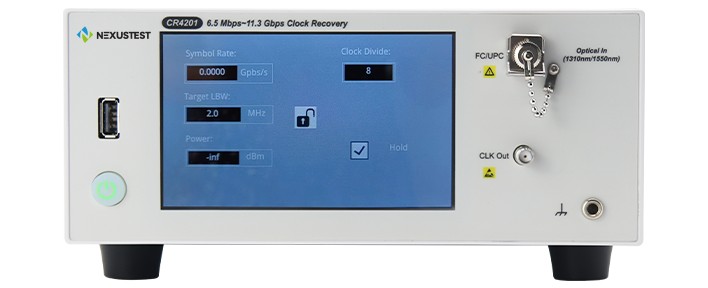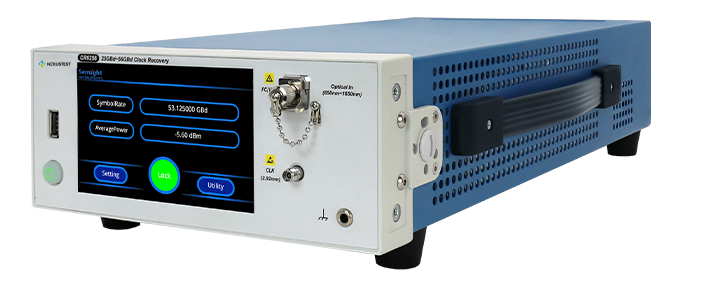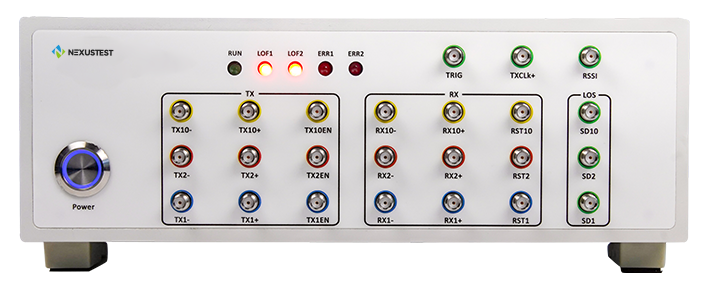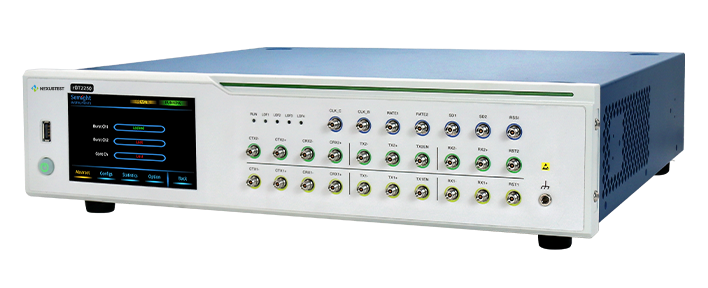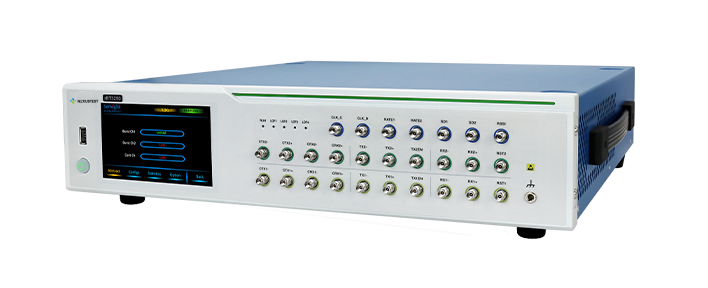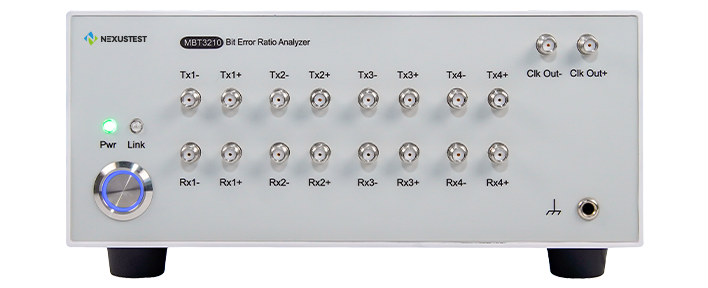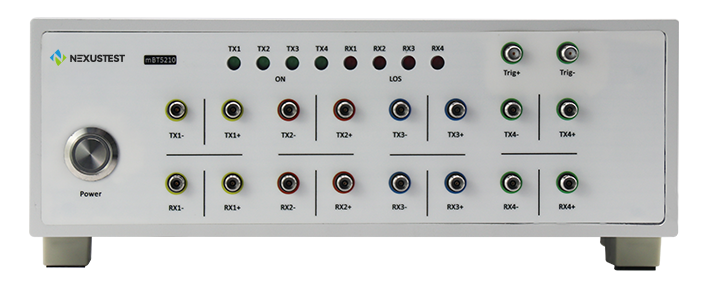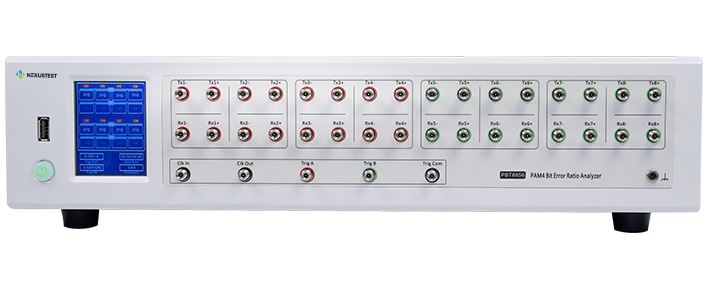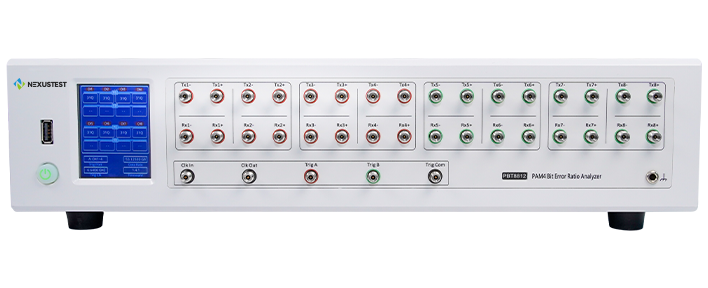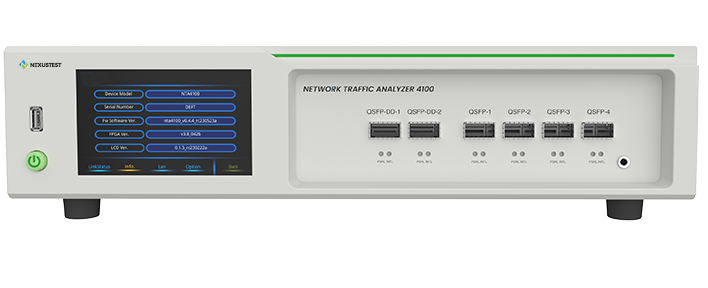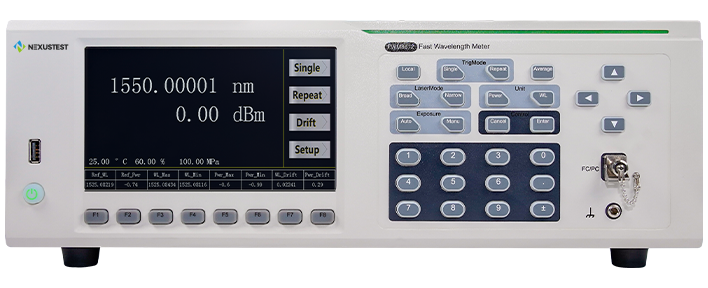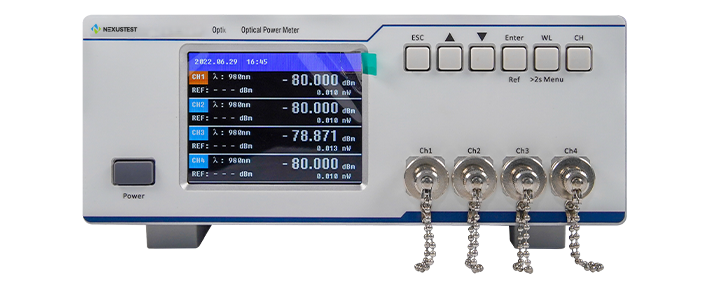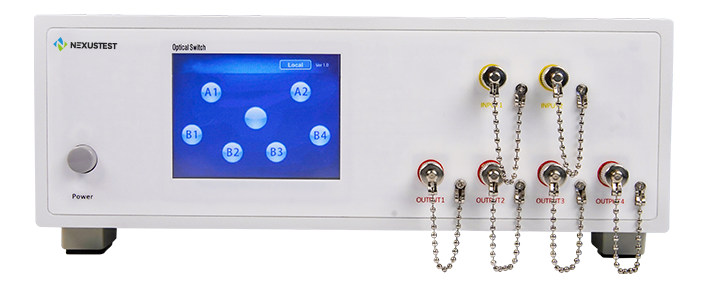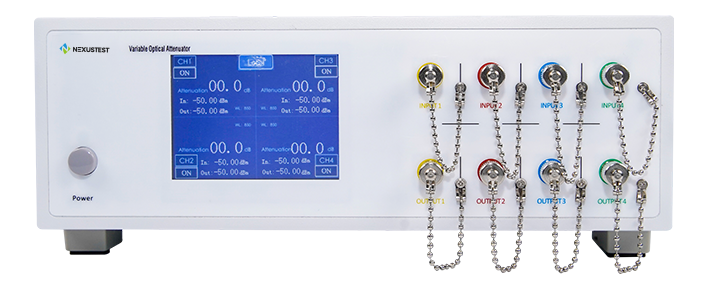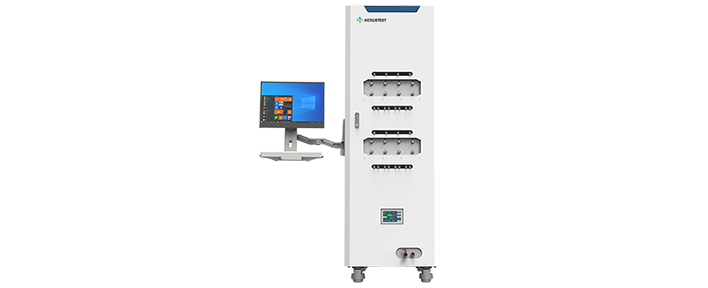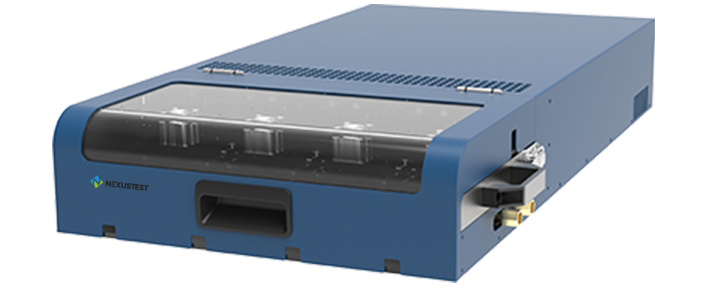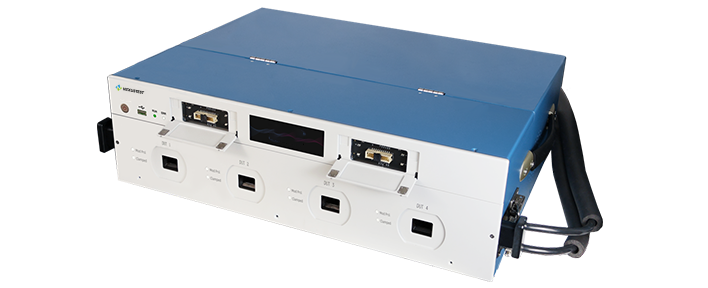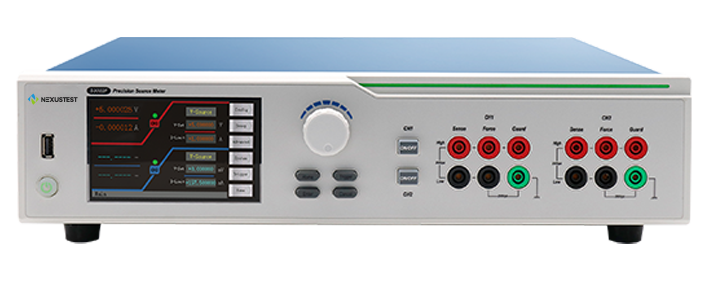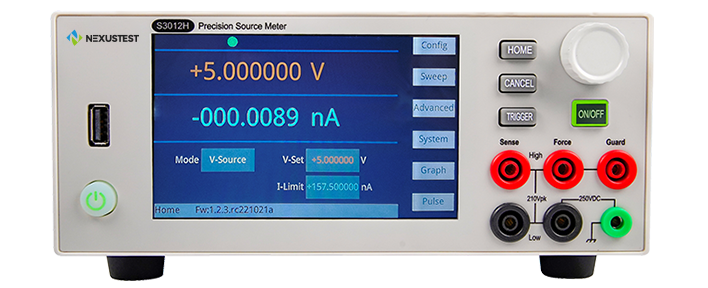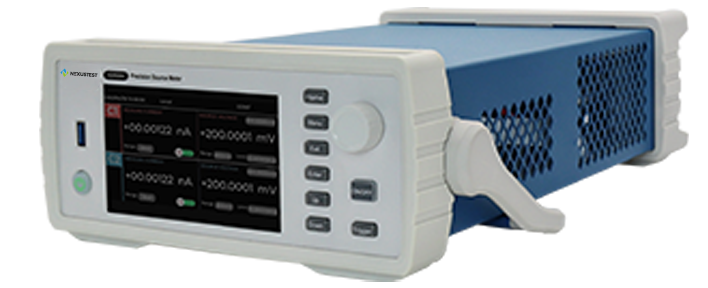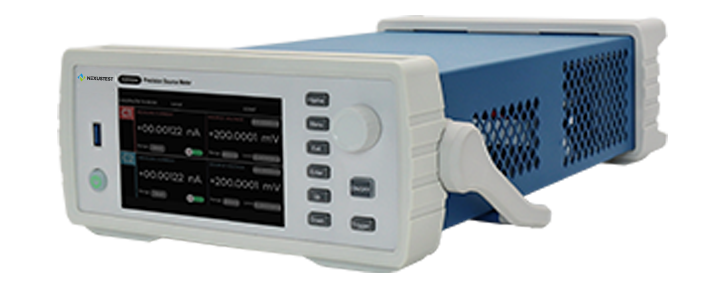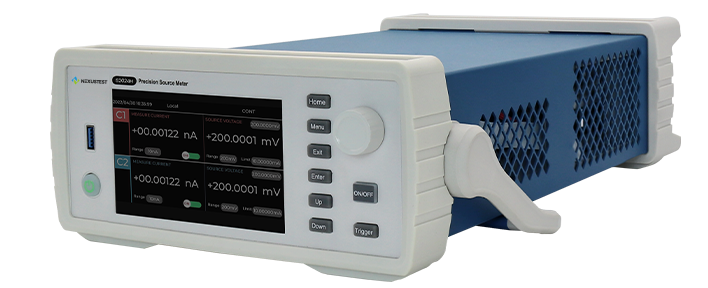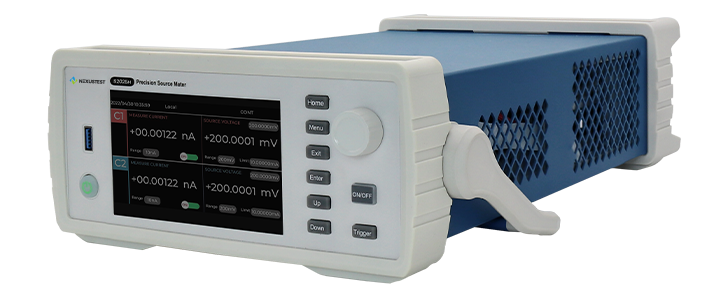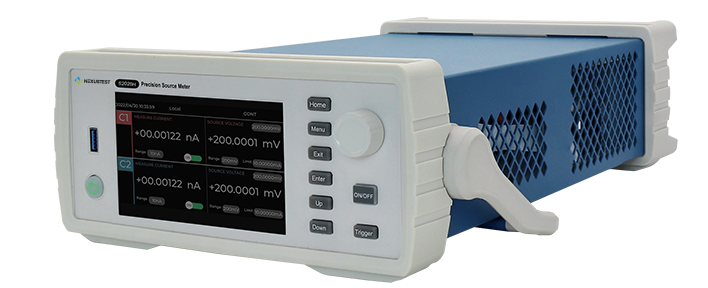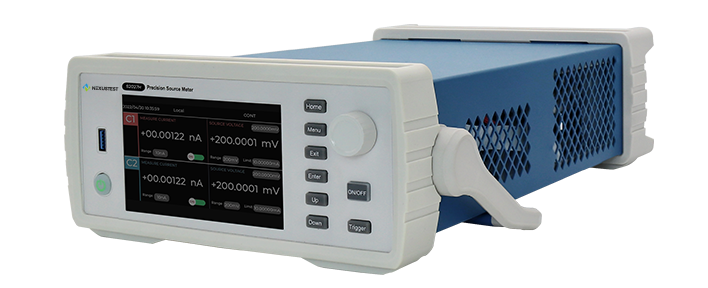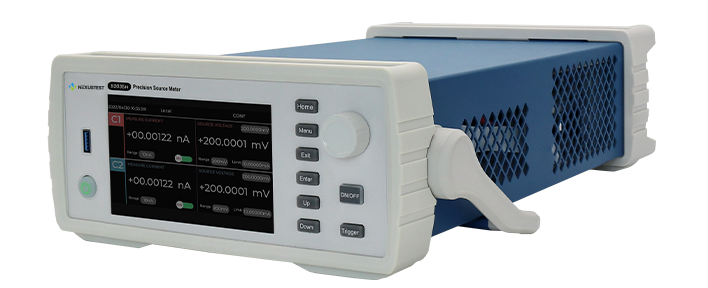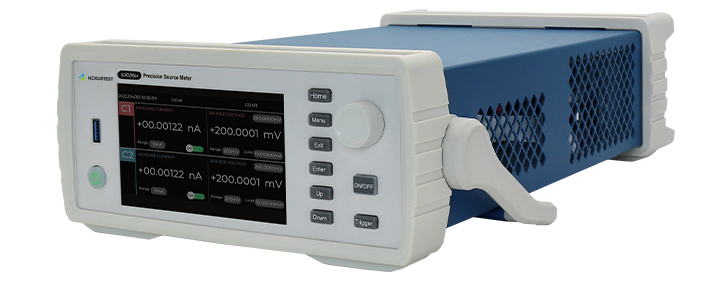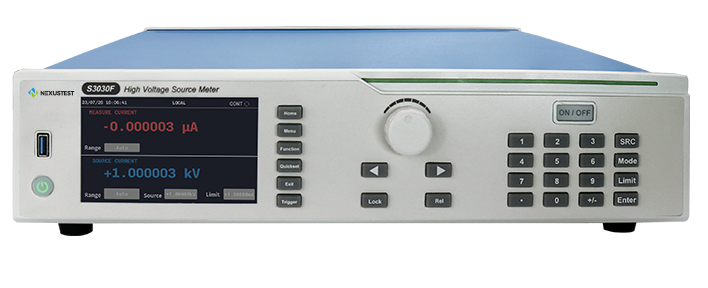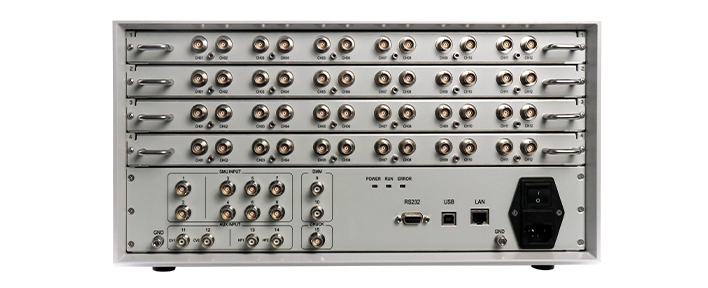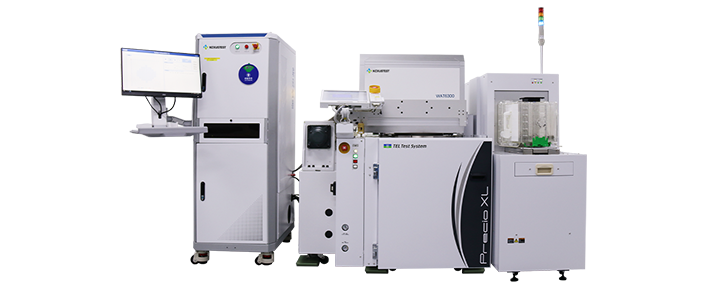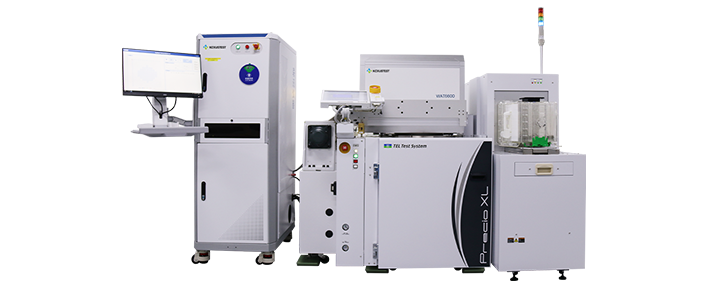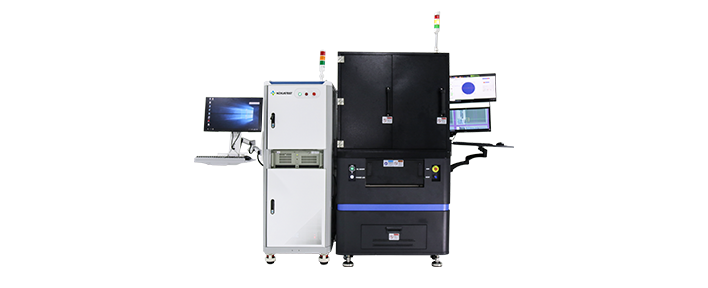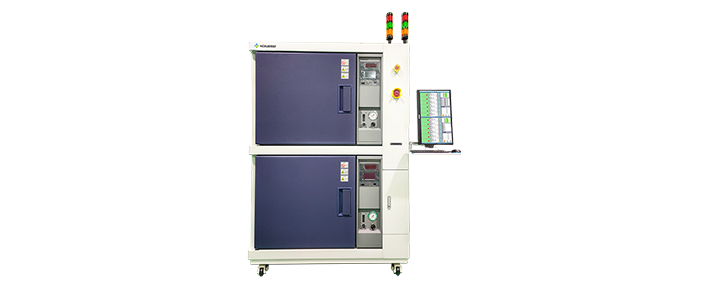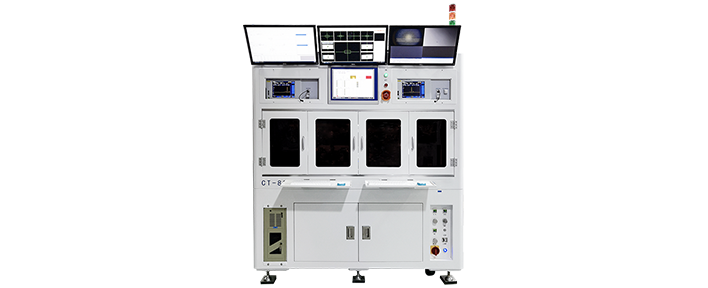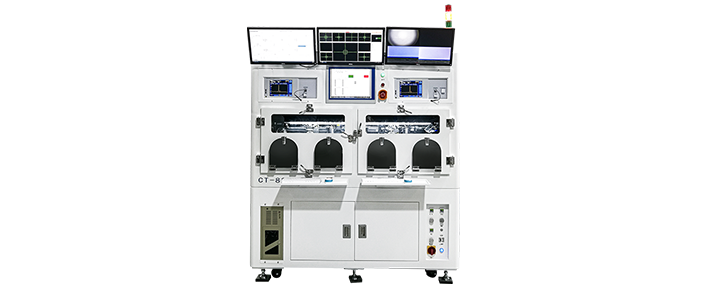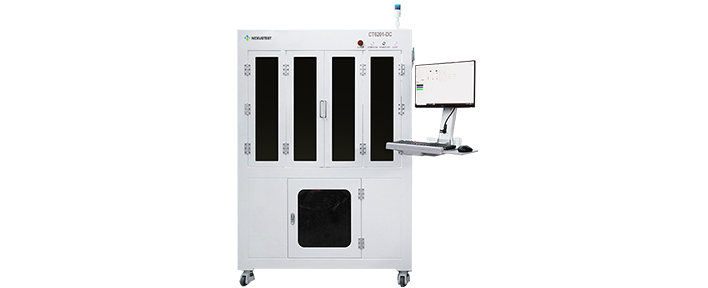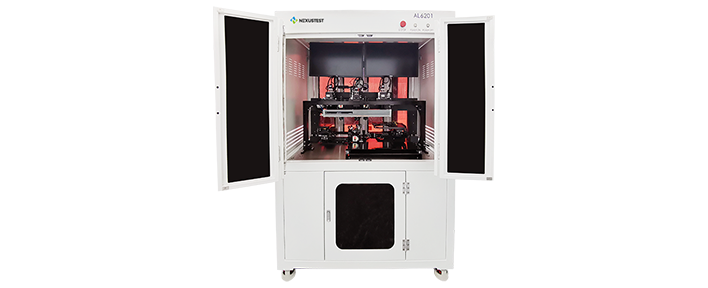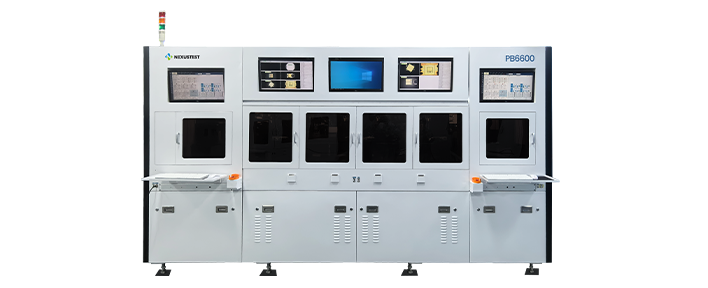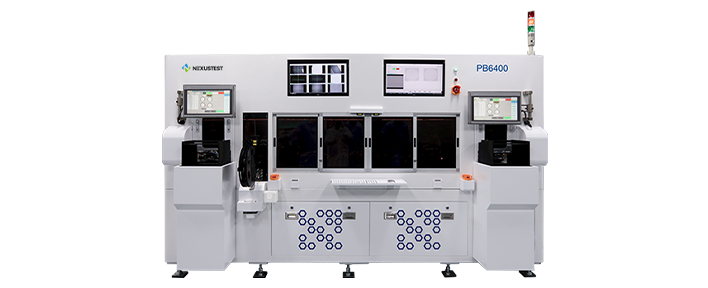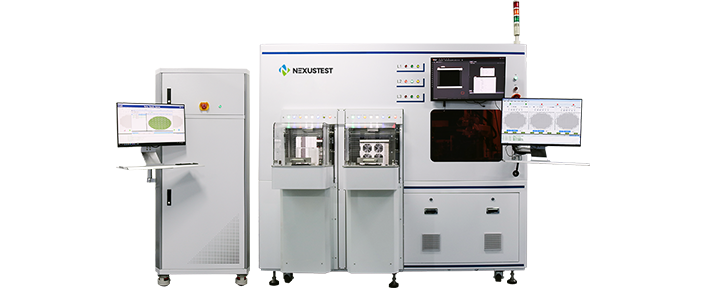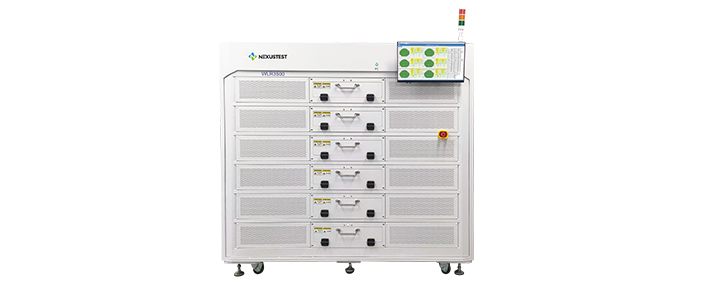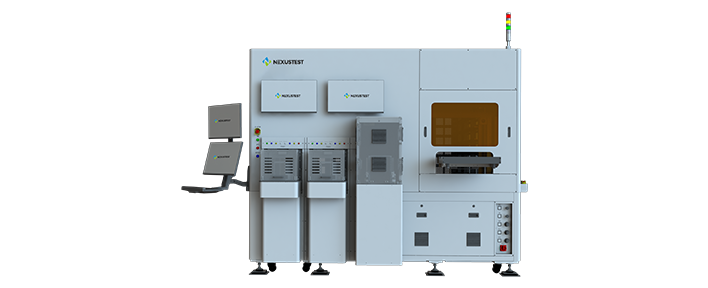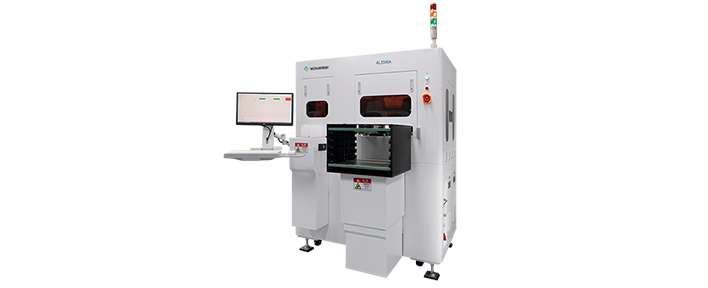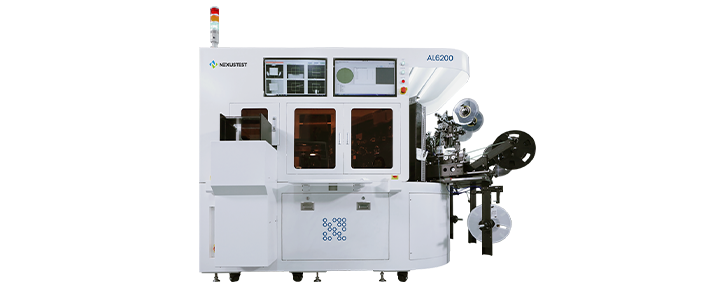
In February 2022, Nexustest announced the launch of the 56Gbaud PAM4 / NRZ clock recovery unit CR6256, providing a new choice for 400G / 800G optical module testing and adding new members to its eye chart test series.
According to the latest forecast of Lightcounting in 2021, from 2022 to 2026, the global 200G / 400G optical module market will have a compound annual growth rate (CAGR) of 20% and 16% respectively. With the explosive growth of network traffic, the number of 200G optical modules will triple to reach $658 million in 2022, and the number of 400G optical modules will double to reach $1.7 billion. The optical port side of these high-speed optical modules has gradually changed from single wave 28Gbaud to 56Gbaud PAM4, and 56Gbaud PAM4 will become the mainstream in the future.
Sampling oscilloscopes used to evaluate the quality of high-speed signal waveforms need to be triggered by clock signals synchronized with data signals. In the eye pattern measurement of optical modules at 28Gbaud rate and below, although the industry standard (Figure 1 - tdecq conformance test block diagram required by IEEE 802.3cd specification) has always recommended the use of standard Clock Recovery Units (CRUS) to extract clock from signals as synchronous triggers of sampling oscilloscopes. However, considering the cost, most optical module users still use the clock output of the bit error detector that drives the optical module as the external trigger of the sampling oscilloscope. The reason is that the low-speed optical modules basically adopt the built-in clock locking (hereinafter referred to as CDR) realized based on analog circuits. Its delay is relatively small and it is easier to ensure the synchronization of input and output signals. Therefore, there is little difference between using the clock trigger of the Bit Error Meter (Fig. 4) and using the Clock Recovery to extract the clock trigger Sampling Oscilloscope test eye chart.
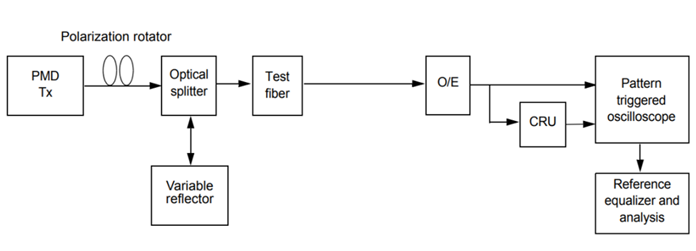
Fig. 1 Eye diagram test block diagram required by IEEE 802.3cd specification (CRU Clock Recovery)

Fig. 2 Test eye diagram of optical module with built-in analog CDR triggered by BER Clock
(4x25g NRZ or 4x28Gbaud PAM4)
However, as the symbol rate is further increased to 56Gbaud, the internal chips of the optical module all use digital CDR based on DSP technology to shape the signal, and the delay of digital DSP CDR is 1000 times higher than that of analog CDR. Its high delay characteristic makes it difficult to ensure the phase matching between the input signal and the output signal. that is to say, it changes the phase of the optical oral test signal, So that the clock output of the driving optical module error meter can no longer meet the synchronization requirements of 56Gbaud PAM4 signal eye pattern test on the optical port side.

Fig. 3 Clock Recovery is required for optical modules with built-in digital DSP CDR to extract clock
(4x56Gbaud or 8x56Gbaud PAM4)
In this case, it becomes necessary to generate a trigger signal from a data signal using Clock Recovery. However, the Clock Recovery Unit of the 56Gbaud rate PAM4 was originally provided by only three test instrument companies in the United States and Japan. Its test cost is very high, which limits the demand for cost reduction in the mass production of 200G / 400G optical modules.

Figure 4 Nexustest eye chart test and Clock Recovery Unit series products
In order to solve this problem and help reduce development and manufacturing costs, Nexustest increased the speed on the basis of the CR6201 28Gbaud PAM4 Clock Recovery Unit launched in 2020. The latest CR6256 56Gbaud PAM4 Clock Recovery Unit was launched. This product can extract the clock from the 56Gbaud PAM4 optical signal and can be used with the industry standard Sampling Oscilloscope, It becomes another option for extracting the test clock of the single wave 106Gbps (56Gbaud PAM4) optogram.
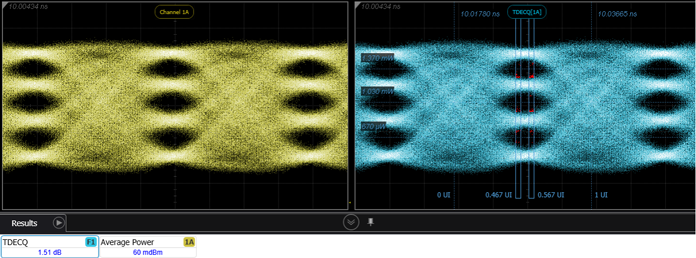
Fig. 5 Eye diagram of 56Gbaud signal CR6256 after clock extraction (tdecq = 1.51db)
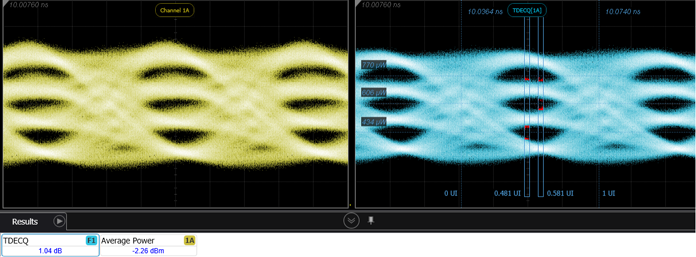
Fig. 6 Eye diagram of 26Gbaud signal CR6256 after clock extraction (tdecq = 1.04db)
Features of Nexustest CR6256:
● Multi rate: support 50 ~ 56Gbaud / 25 ~ 28Gbaud rate clock extraction, fully able to meet 200G
● Test requirements for 400G and future 800G optical modules;
● Meet the requirements of IEEE 802.3 Ethernet, fibre channel and OIF standards and specifications for tdecq indicators;
● Easy to use: it can be easily and quickly used with other sampling oscilloscopes in the industry. The built-in touch screen display and control can realize all functions of Clock Recovery without external computers;
● High sensitivity: -14dBm@26.5625Gbaud / -12dBm@53Gbaud (prbs15, tdecq = 2.0db) is very conducive to the application scenario of silicon light at small optical power;
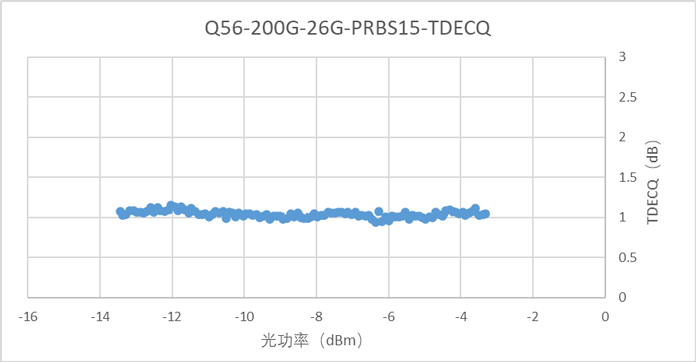
Fig. 7 Clock Recovery Unit sensitivity of CR6256
(Influence of input power on TDECQ of 26Gbaud PAM4 signal)
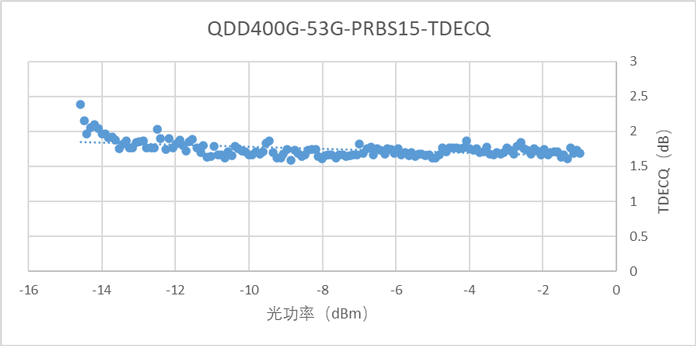
Fig. 8 Sensitivity of CR6256 Clock Recovery Unit
(Effect of input power on tdecq of 56Gbaud PAM4 signal)
● High consistency of tdecq test results: it can fully meet the tdecq test requirements of 56Gbaud PAM4 signal;
| Test conditions 56Gbaud PAM4 | Clock Recovery of Nexustest CR6256 Tdecq results | K Company N1078a clock recovery Tdecq results | uniformity (absolute deviation) |
| DUT1@PRBS15 | 1.94dB | 1.84dB | 0.1dB |
| DUT2@PRBS15 | 1.89dB | 1.8dB | 0.09dB |
| DUT1@SSPRQ | 2.51dB | 2.42dB | 0.09dB |
| DUT2@SSPRQ | 2.47dB | 2.37dB | 0.1dB |
● Multiple modulation signals: support different modulation modes of PAM4 and NRZ;
● Support single-mode or multi-mode: a Clock Recovery Unit can support clock extraction of single-mode or multi-mode signals at the same time;● Built in optical power monitoring: support real-time monitoring of input optical power;
● Automatic clock locking: support clock locking judgment command, and automatically complete locking judgment;
● Multiple frequency division outputs: support 1 / 2, 1 / 4 and 1 / 8 output clock frequency division outputs, which can meet the trigger bandwidth requirements of various sampling oscilloscopes in the industry;
● Remote control: support the remote control command of the upper computer.
